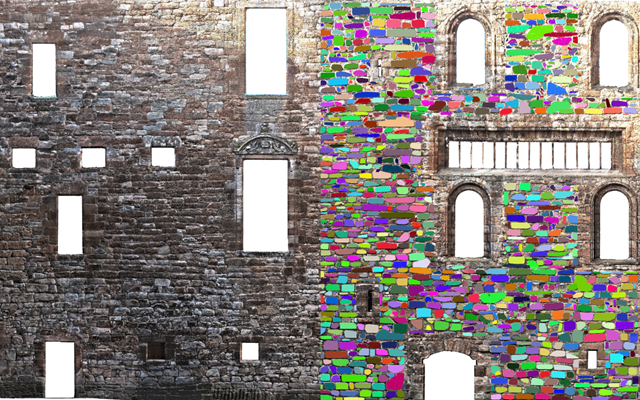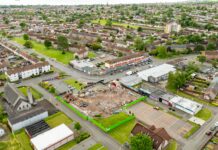
NEW technology has been launched which has been tipped to transform how Scotland’s historic buildings are managed, maintained and repaired.
The software tool, which allows surveys and fabric inspections of buildings to be carried out digitally, has been developed by Historic Environment Scotland (HES), The University of Edinburgh and Heriot Watt University.
The tool combines data from laser scanning and photogrammetry to create a 3D model of a building. From this data, it can then segment a facade into component parts making it easier to detect defects and extract information regarding the amount of stone and mortar required for repair works.
The tool has been made freely accessible for the conservation sector to use.
Lyn Wilson, digital documentation manager at HES said, “Scotland is home to a rich and diverse built environment of around half a million traditional buildings. Around 20% of the nation’s housing stock is made up of traditional buildings, and it is crucial that these existing assets can be repaired, maintained and adapted effectively to support national sustainability commitments. Any repair work to historic buildings must be carried out sensitively, and traditional masonry surveys to identify what conservation work is required can be costly and complex.
“This new tool offers the advantage of being able to conduct inspection and analysis of 3D data remotely, while still obtaining precise results. We hope that by making this new technology freely available we can champion the benefits and possibilities that laser scanning and photogrammetry can offer to the management of traditional buildings, and encourage wider adoption of these methods to help protect our precious historic buildings and promote the importance of reuse for a sustainable future.”
The software tool was created following a research project between HES, Heriot Watt University and the University of Edinburgh to develop an ‘innovative’ approach to the survey of traditional buildings.
Dr Frédéric Bosché, senior lecturer in construction informatics at The University of Edinburgh said, “Digital technologies have a great role to play in optimising our resources and use of human expertise to preserve our rich historic built environment. This tool aims to improve the efficiency of what is otherwise tedious and time-consuming work, and thereby frees surveyors to focus on activities that really demand their expertise. The output of the tool will hopefully support more structured monitoring of historic buildings (in integration with Building Information Modelling). We hope the community will find it useful, and we also look forward to partner with organisations like HES to further develop it.”
Dr Alan Forster, associate professor in building conservation, low carbon materials and construction technology at Heriot Watt University added, “Financial austerity forces us to focus more than ever on cost-efficient, accurate evaluation of our historic buildings. The ability of our open source digital technologies to support these activities enables the money for repair to be spent where it is most urgently needed, namely on the building itself.”











